Here are some qualitative considerations for stability as a function of output capacitance (\$C_o\$) with the MPM3610. First, judging from info in Table1 (p16) of the datasheet, it seems that the part is commonly used with up to 44uF of \$C_o\$, which sounds like 4X what you plan to use.
The MPM3610 has 3 modes of operation:
AAM, which is a PFM type of mode, used at very light loads. The good news here is that this type of control is not based on classic feedback type control, and is very insensitive to the amount value of \$C_o\$ used. It should be possible to put large amounts of \$C_o\$ and still have stable operation. Ironically though, this won't help you reduce ripple, since this is a hysteretic mode, switching at a level, so ripple is constant amplitude, although variable frequency. For an example of this look at the top right photo on p9 of the datasheet (Input/Output Ripple), which shows light load ripple of ~20mV at 100Hz. If you are using this mode all of the time, then you will need to take the FakeMoustache approach to reducing ripple amplitude. Oh, and passive filters at those kinds of frequencies are not usually small.
DCM mode, followed by CCM mode as output load is increased. Both of these use PWM with peak current mode control (pCMC). This is a more or less standard feedback approach with an inner current loop and an outer voltage loop, and it is possible to destabilize with excessive \$C_o\$. But, what is excessive?
The dominant pole in a pCMC power modulator (\$f_{\text{pmp}}\$) is located at about \$\frac{1}{2 \pi C_o R_o}\$, where \$R_o\$ is the load resistance. Looking at datasheet p12 Figure 1, it appears that the error amp has a compensation zero (\$f_{\text{eaz}}\$) at about 7 or 8 kHz. Ideally you would want \$f_{\text{pmp}}\$ to be greater than \$f_{\text{eaz}}\$, so the zero would provide phase boost before the modulator pole showed up.
In reality, it is possible to push this further, allowing \$f_{\text{pmp}}\$ to be some amount less than \$f_{\text{eaz}}\$, by being willing to loose phase margin. In the ideal case, phase margin can be near 90 degrees. By allowing the power modulator pole to move inside the compensation zero, this would be reduced. It might be possible to have a \$f_{\text{pmp}}\$ of about 1 or 2 kHz (while \$f_{\text{eaz}}\$ is 7 or 8kHz) and still have adequate phase margin (something like 45 degrees). Of course, going to far with this results in a system that's conditionally stable or even unstable.
